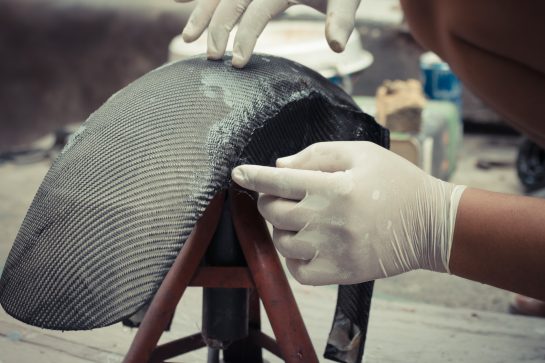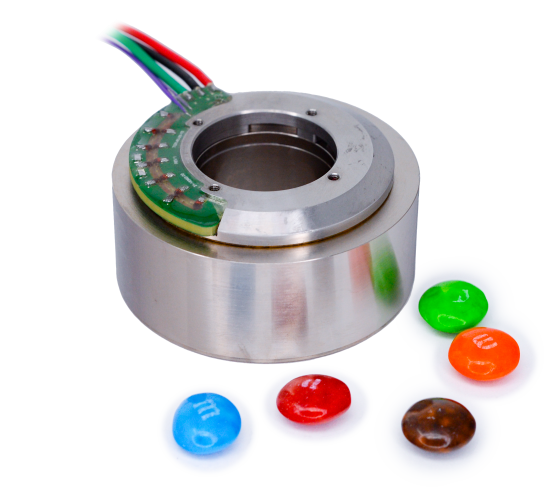ThinGap stands atop a proud 25-year history supporting customers in aerospace and other precision industries. The ability to serve such a diverse customer base is due to ThinGap’s heritage and unique capabilities as an organization. In May of 2022, it became part of the greater Allient organization (formerly named Allied Motion).

Since 1999, ThinGap has developed hundreds of motor designs, and shipped thousands of motors to customers ranging from NASA to Fortune 500 companies, and even top Formula 1 teams. One of the key enabling factors is the close integration of production, engineering, and operations within a single location.
ThinGap’s ability to rapidly react to customer needs is reflected in sample quantity products often shipping within a week or less, with a ramp to production volumes in 3-4 months. Additionally, preliminary custom electro-magnetic designs and space-claim CAD models are available in 48 hours, with first deliveries often happening in 9-12 months from project kickoff. Because of ThinGap’s advanced analytical modelling, final designs are promised to be within 95% of predicted performance. Well defined production processes, 3D-printed tooling, refined modeling, and analytical tools all contribute to the ability to quickly support customers in a fast paced marketplace.
ThinGap has the capability to take any off-the-shelf motor kit and modify it to the customer’s exact requirements for both its LS and TG Series, such as winding changes, or environmental conditions like space-rating or submergible applications. Modified and custom motor designs address the need for very specific performance specifications, operational requirements, cost optimized solutions, and unique form factors that may be required for a given project.
Additionally, ThinGap has the in-house capability to design and manufacture framed or housed motor assemblies as a pre-integrated solution. Housed and framed assemblies enable more cost-effective, turnkey solutions desired by programs with tight schedules which need to be able to rapidly integrate a motor into a system.
To learn more about ThinGap’s capabilities, please reach out for further information.













